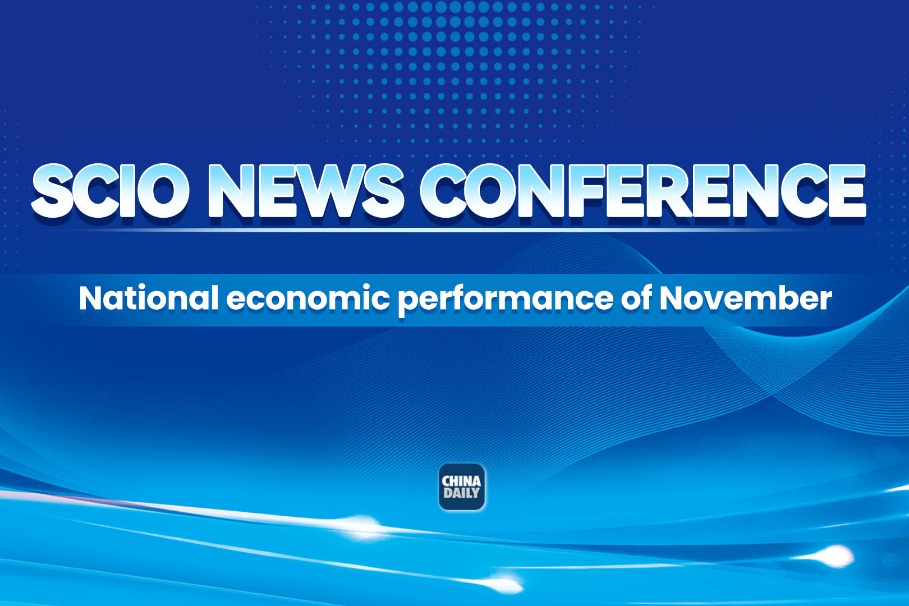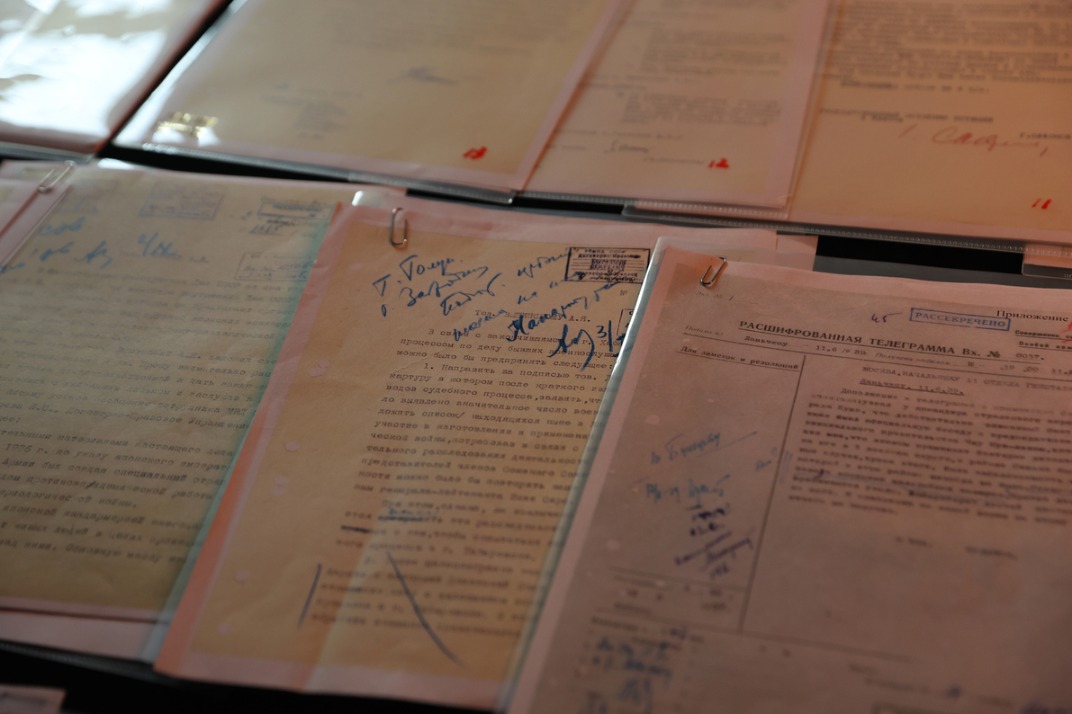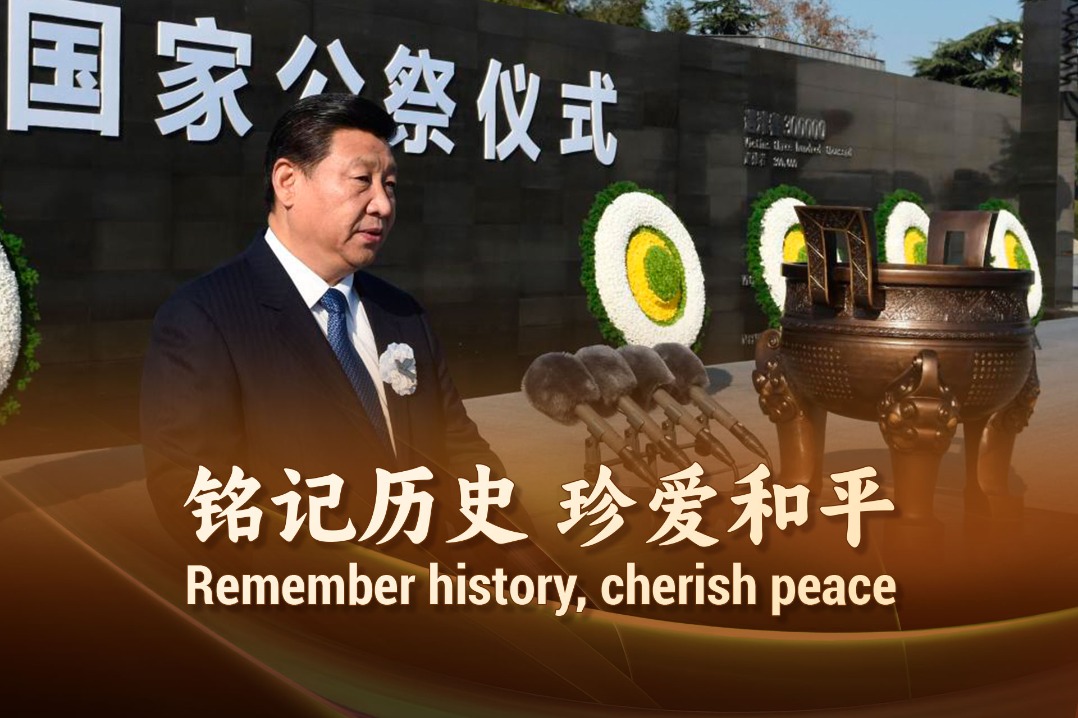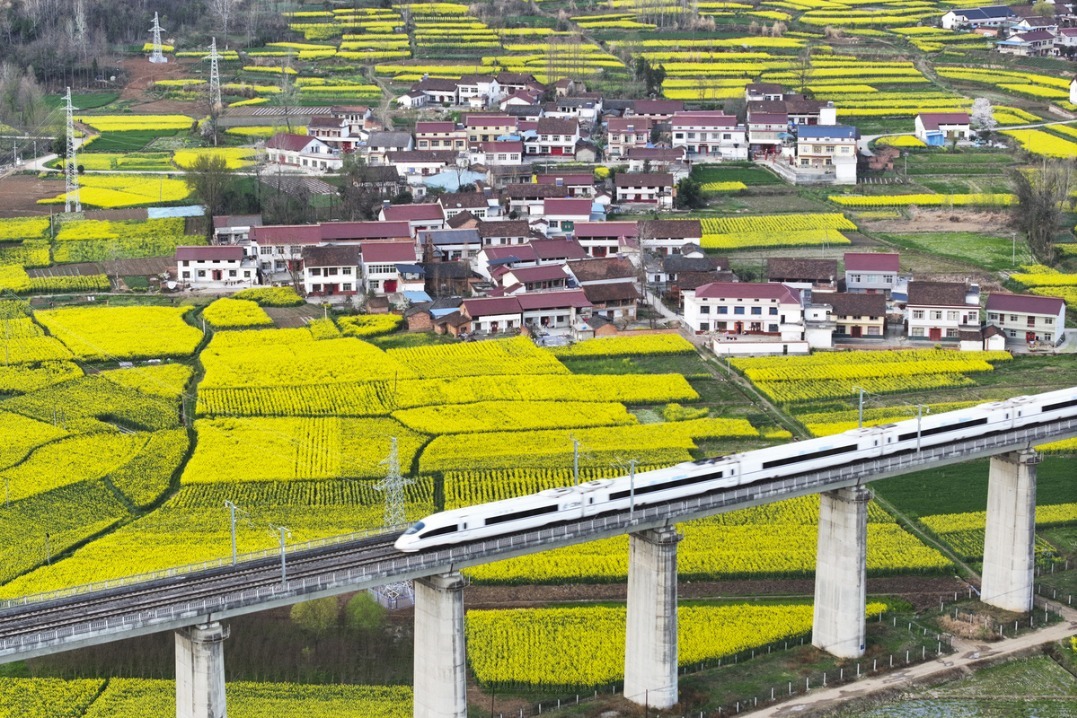HK 'color revolution' signs seen
By ZHANG YUNBI | China Daily Global | Updated: 2019-09-06 08:46

Experts say developments point to efforts to create rifts, disrupt services, discredit govt
Lawmakers, diplomats and experts in China and abroad have warned about fresh signs of a so-called color revolution in Hong Kong, as some protesters and protest organizers increasingly resort to violent actions in an attempt to shake the pillars of public services, add rifts to the community and discredit authorities.
Such actions in the past three months, which have fueled unrest and dampened Hong Kong's economic prospects, have been well-staged, mostly following typical patterns of anti-government movements, and some have been supported by agencies abroad, they said.
In the past month, radical protesters have ratcheted up the tension by hurling gasoline bombs at police in street clashes, harassing public servants' family members, disrupting the light-rail airport express and encouraging high school and university students to boycott classes, according to media reports.
"We expect schools to be places for nurturing virtues and studies, and never a stage for political conspiracy makers," Junius Ho, a member of the Hong Kong Special Administrative Region's Legislative Council, wrote on Tuesday on his microblog after visiting schools and checking on cases of class boycotts.
Zhang Dinghuai, a professor of Hong Kong and Macao studies at Shenzhen University and a member of the Chinese Association of Hong Kong and Macao Studies, said common elements of color revolutions include strong specific political demands, interference by external forces, attempts to motivate the public, social standoff and turmoil, huge pressure upon the authorities, and pursuit of power transfer through purportedly "nonviolent" approaches.
Many of these features align with what has happened in Hong Kong this year as well as in the illegal "Occupy Central" movement in 2014, Zhang said. The "civil disobedience" concept and slogan, as chanted frequently by violent protesters and leaders, aims to defy China's Constitution and is part of an effort to deceive ordinary residents, he added.
Activists set up projectors and screens in the streets of Hong Kong recently and showed Winter on Fire-a documentary endorsing demonstrations in Ukraine in 2013-saying they wanted to inspire protests in Hong Kong, BBC reported on Wednesday.
In addition, some activists have unveiled a plan through social media to disturb and paralyze department stores during the coming weekend, local media reported.
Yang Guang, spokesman for the State Council's Hong Kong and Macao Affairs Office, told reporters on Tuesday there have been "clear features of a color revolution" among the radical activists in Hong Kong, and their goal is to paralyze the Hong Kong government, seize the power for governing the SAR and make "one country, two systems" an empty concept.
Liu Baolai, former Chinese ambassador to the United Arab Emirates and Jordan, said the recent protesters' actions targeting public facilities in Hong Kong "are mostly the same and are even more explicit" in comparison to past color revolutions in the Middle East.
"The organizers (in Hong Kong) motivated ignorant local people, resorted to violence, featured black-color outfits and masks … which deserve nothing but resolute law enforcement actions by the police," Liu said.
He said there is growing "anxiety among the masterminds", as they have constantly shifted the focus of attacks or paralyzed facilities recently-from the city's international airport to subways, schools and shopping malls.
"They attempt to create greater turmoil and lingering chaos, thus diminishing public confidence and trust in the special administrative region's government," Liu said.
Carla Stea, a geopolitical analyst at Global Research, the website of the Canada-based think tank Centre for Research on Globalization, warned that "the US and European mainstream media and various government and quasi-government entities are supporting destabilization of the government in Hong Kong".
In an article published on Monday, Stea says that "opposition protests have escalated in violence, with protesters now hurling Molotov cocktails at police".She alleged that foreign agent provocateurs have attempted to provoke the government to overreact, "which could then be used to discredit it".
Xinhua news agency warned in a commentary on Sunday that rioters "tried to stir up unrest in Hong Kong and compromise the 'one country, two systems' principle, before spreading the color revolution into the Chinese mainland".
Xing Guangcheng, a senior researcher on Russian and Central Asian studies at the Chinese Academy of Social Sciences, said past turmoil in Eastern European countries shows that a color revolution is "never a real positive revolution", as it eyes overturning the government, seeks power transfer and serves the interests of other countries.
Xing said the typical pattern of countries such as the United States that advance color revolutions include supporting nongovernmental organizations, cultivating the opposition and their leaders, fueling public fury through stunts and scandals, defying election results and supporting efforts to seize power.
What has usually followed such color revolutions are long-term political and social instability and a sluggish economy, and many of those among the opposition who have seized power also stepped down amid unrest, Xing said.
In a letter to the SAR government, Ho, the Hong Kong lawmaker, urged improved support for local police, reinforced security measures for their family members and psychological help for those in need.
Liu, the veteran diplomat, said local people should call for bringing back tranquility and stability.























